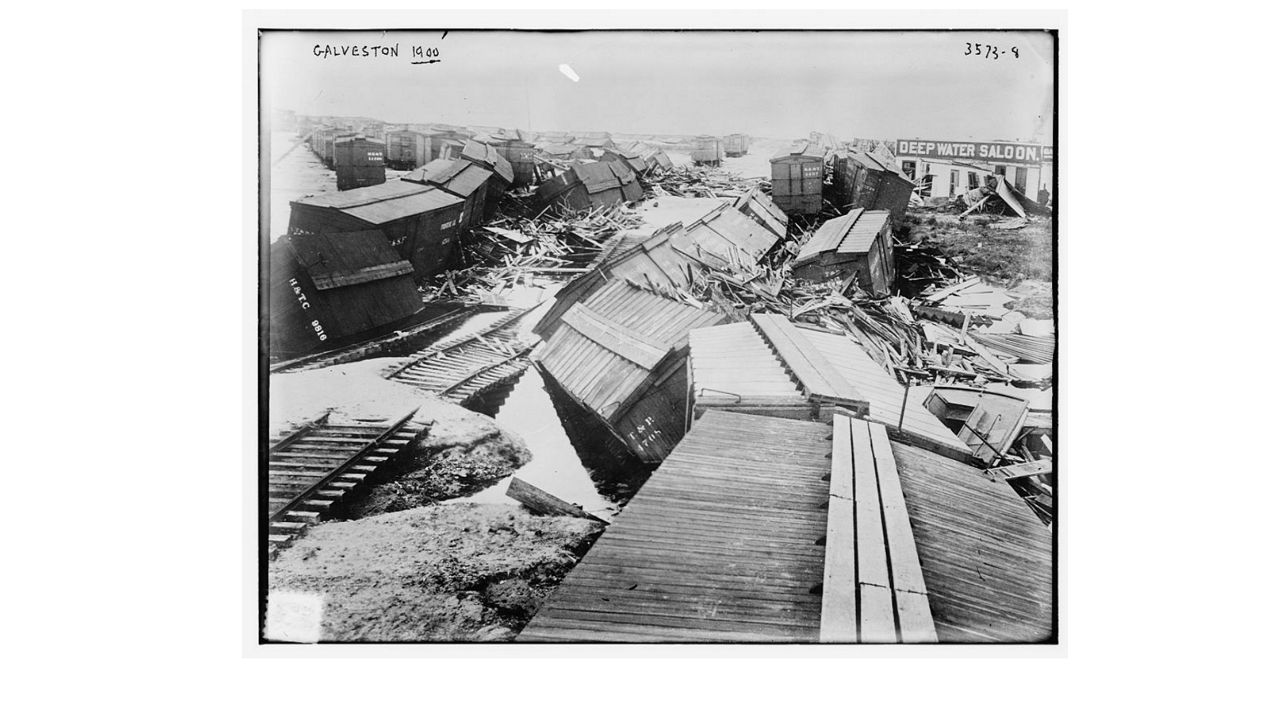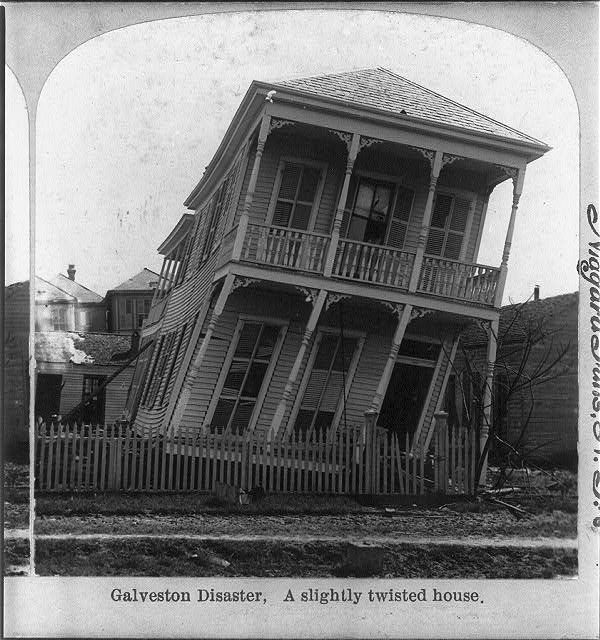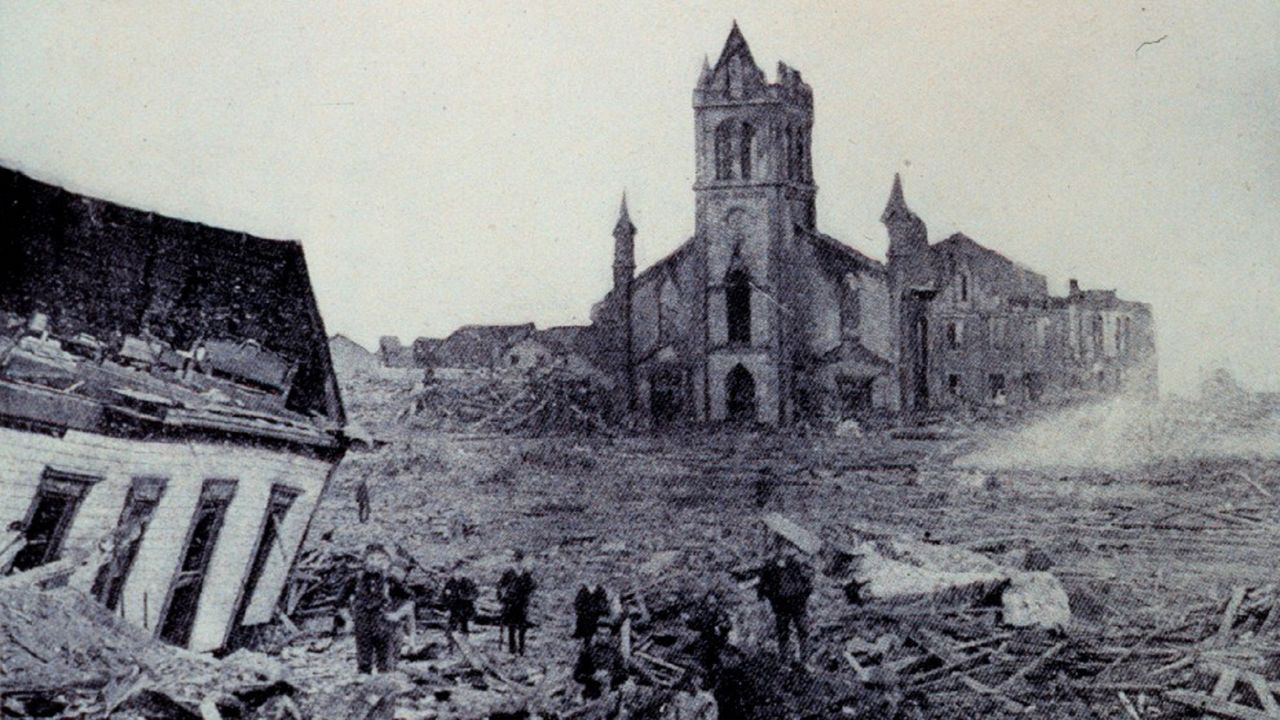The deadliest natural disaster in the United States occurred along the Texas coast during the peak of the 1900 hurricane season.
What You Need To Know
- The hurricane took many by surprise because of poor communication
- The death toll was about 8,000 people
- A seawall helps protect Galveston today
This storm seemed to come without warning to the residents of the fourth-largest city in Texas. The Weather Bureau began receiving warnings that a tropical disturbance had moved northward over Cuba on Sept. 4 and they believed it was heading towards Florida.
Unfortunately, that was all the only report forecasters received because the National Weather Bureau director blocked telegraph messages from Cuban meteorologists. The director said it was because of the ongoing tensions of the Spanish-American War.
This forced local Weather Bureau offices to seek authorization from the central office before issuing storm warnings.
The morning of Sept. 8, large ocean swells took over and started to show up on the Texas coast along with some rain clouds, which rolled in around midday. That wasn't concerning, so residents didn't evacuate the city. However, according to the book “Isaac’s Storm,” Meteorologist Isaac Cline issued a Hurricane Warning and personally traveled by horse to warn people of the storm's approach.

On the night of Sept. 8, the Category 4 hurricane came onshore with 936 mb pressure, winds between 130-156 mph and a storm surge of 15 feet. Rain totals were also high, between 8-10 inches across the region.
The storm killed an estimated 8,000 people–20 percent of the city’s population–destroyed 7,000 buildings and left 10,000 people homeless.

The most damage came from winds and the high storm surge. At that time, the highest point in Galveston was only 9 feet above sea level, so the 15-foot surge placed the entire island underwater. There were eyewitness reports that the water rose about 4 feet in just four seconds.
This hurricane was catastrophic, and it forced the city to make some drastic changes to the infrastructure. A year later, the government made plans to raise the island's elevation 8 feet by using sand from Galveston Bay. Also, in 1902, construction began on a 17-foot-tall seawall, which now protects downtown businesses from storms like 1983’s Hurricane Alicia.
It was not until 2008 that another hurricane, Hurricane Ike, overtopped the seawall.

The Great Galveston Storm of 1900 is famous among major U.S. hurricanes. Historians documented this storm with many eyewitness accounts and enough memorabilia to create a museum in downtown Galveston.
It's also the inspiration of an American Folk song called, “Wasn’t That a Mighty Storm.” It was originally recorded in 1934 by “Sin-Killer” Griffin but was revived and popularized by Eric Von Schmidt and Tom Rush in the 1960s.



